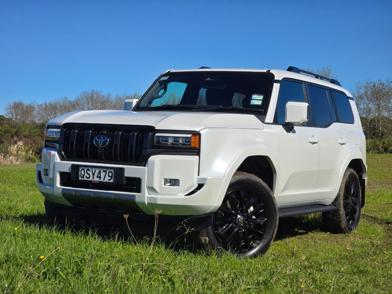The Jaguar E-Pace is far from the freshest car in its segment; it seems overly familiar next to rivals like the BMW X1, Volvo XC40 or even the new Mini Countryman, especially when they now offer electric powertrain options in New Zealand and the baby-Jag doesn’t.
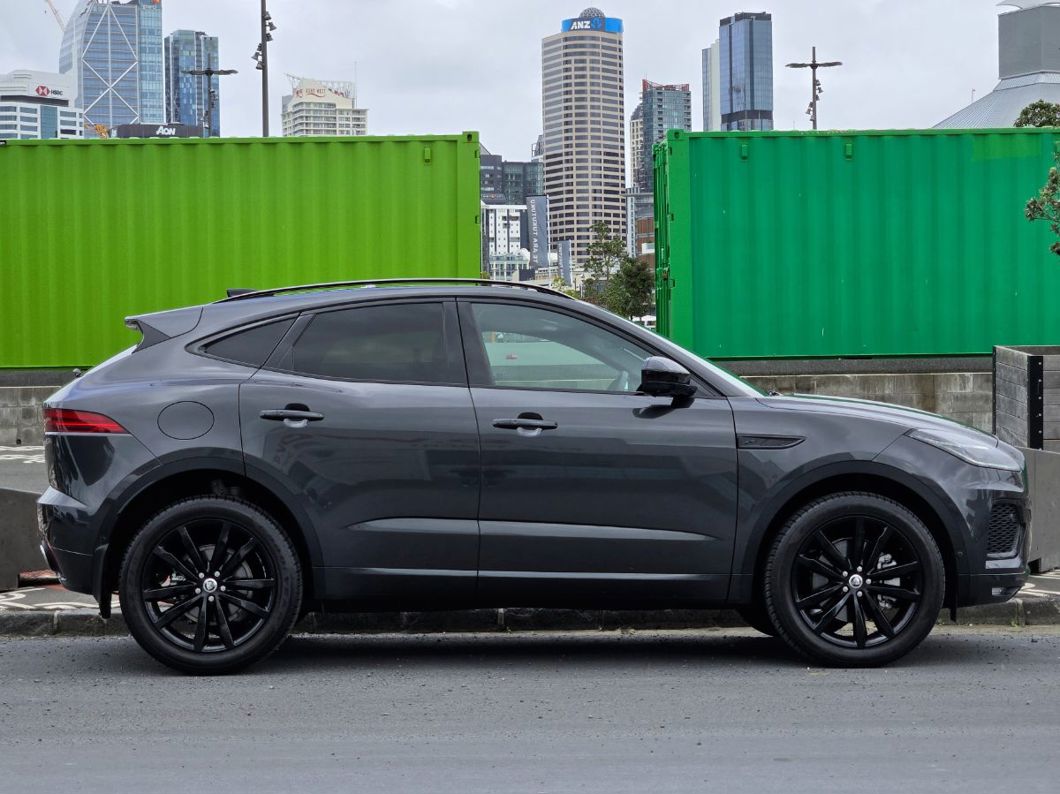
But the E-Pace is also probably newer than you think. Since the original made its debut in 2017, it’s had a thorough update including a platform refresh that stripped away the last bits borrowed from Ford (which owned Jaguar from 1999-2008) in favour of base componentry from the Range Rover Evoque. There's even a plug-in version offered in the UK and Europe.
Granted, the "new" E-Pace doesn’t look a whole lot different. But you can spot the 2021 facelift by its “double J” daytime running lights (basically two shapes the same, stacked) and new-form front bumper.
Inside, the E-Pace now has Jaguar Land Rover’s latest Pivi Pro infotainment system, more soft-touch materials and upmarket additions like ambient lighting.
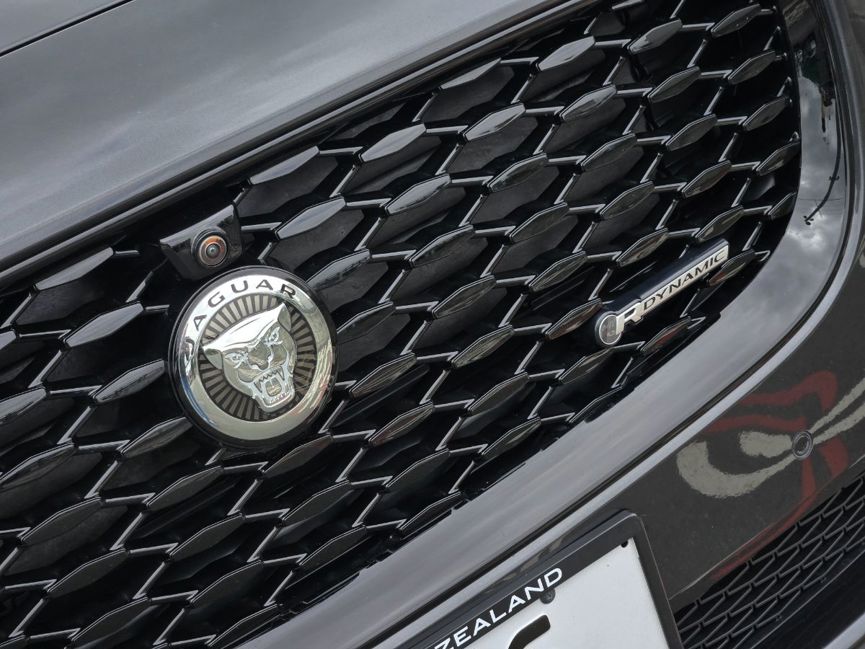
And there is some electrification: the sole E-Pace now offered in New Zealand is powered by a 2.0-litre turbo-petrol with 48-volt mild hybrid technology. It provides a pretty decent kick with peak power of 184kW, but it’s not what you’d call super-thrifty with an official NZ 3P-WLTP fuel consumption figure of 8.6l/100km.
The cub is not without its charm, but there's an elephant in the room.
The E-Pace’s styling is a Marmite affair; Jaguar basically set out to create a brand-caricature with this car, which was designed around slightly odd proportions to look like a Jaguar “cub”: strangely short, with oversized wheels (sorry, paws). And yes, you still get the cub-themed puddle lights.
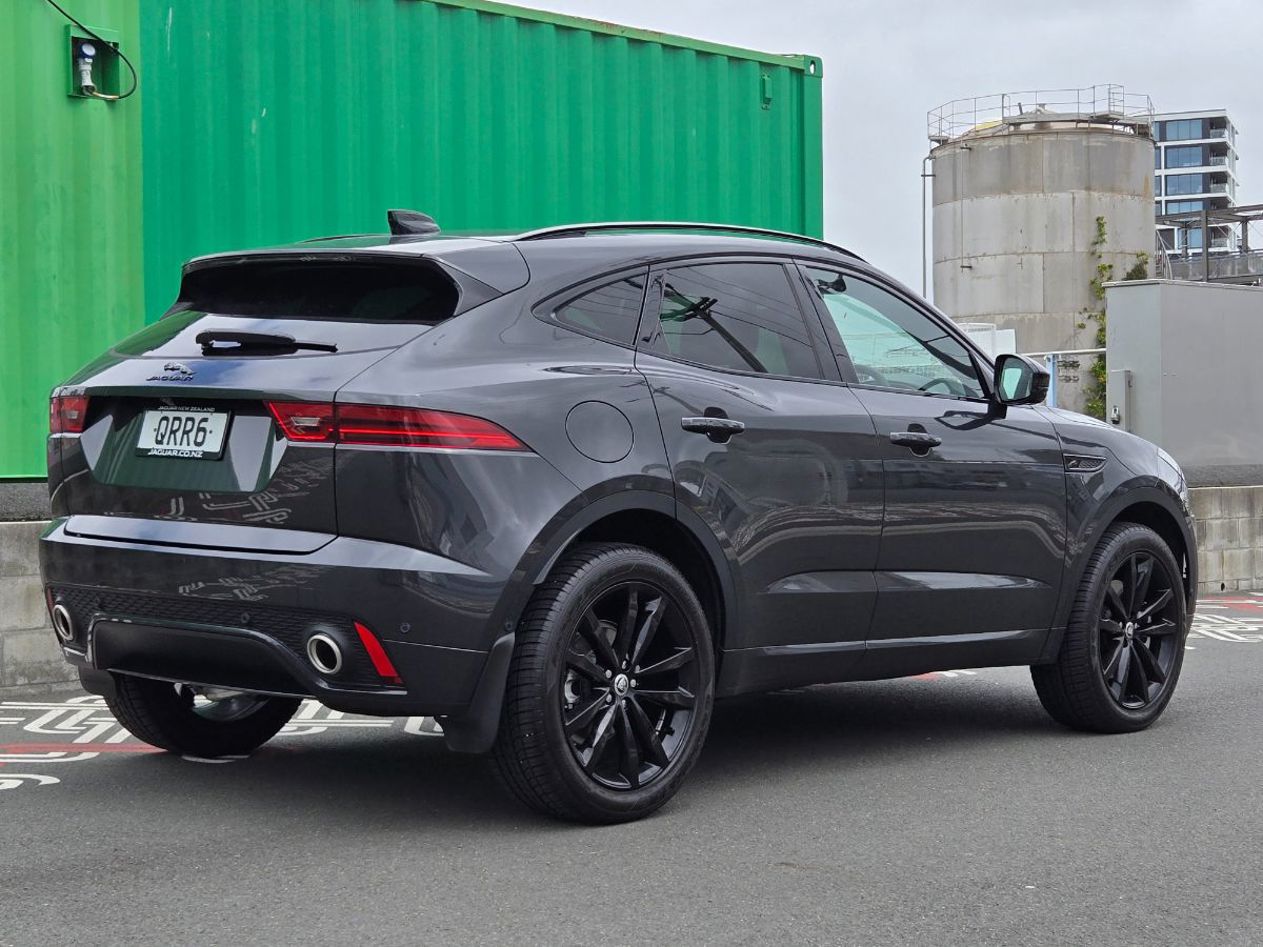
But Jaguar is also a maker that prides itself on dynamic polish and the E-Pace gets the fundamentals right. The 2.0-litre engine is smooth, with lots of mid-range power; just don’t be erratic with the throttle, because it’s easy to catch the 9-speed gearbox out.
The focus on dynamic ability is reflected in the cabin. There’s a beautifully shaped three-spoke steering wheel and good driving position.
Compact luxury SUVs are really urban vehicles, but the E-Pace aspires to higher things in its handling and roadholding. It really feel quite sporting at times, with substantial steering and excellent body control in tight turns. It’s a cub with a very grown-up dynamic demeanour, although the ride is a little firm for a vehicle in this genre - opportunity cost for that sporty character.

The car's biggest dynamic issue is weight; it's always been a hefty little thing and at 1.9 tonnes for the new model it still is. So while it's impressively stable on the road, it's never what you'd call nimble. Those kg also contribute to relatively high fuel consumption (8.6l/100km) for a small SUV with electrification.
E-Pace is up-to-date with the latest driver-assists... and even has a nice shortcut to ease the pain of those incessant warnings.
The focus on dynamic ability is reflected in the cabin. There’s a beautifully shaped three-spoke steering wheel, good driving position and a pair of impressively supportive seats up front.
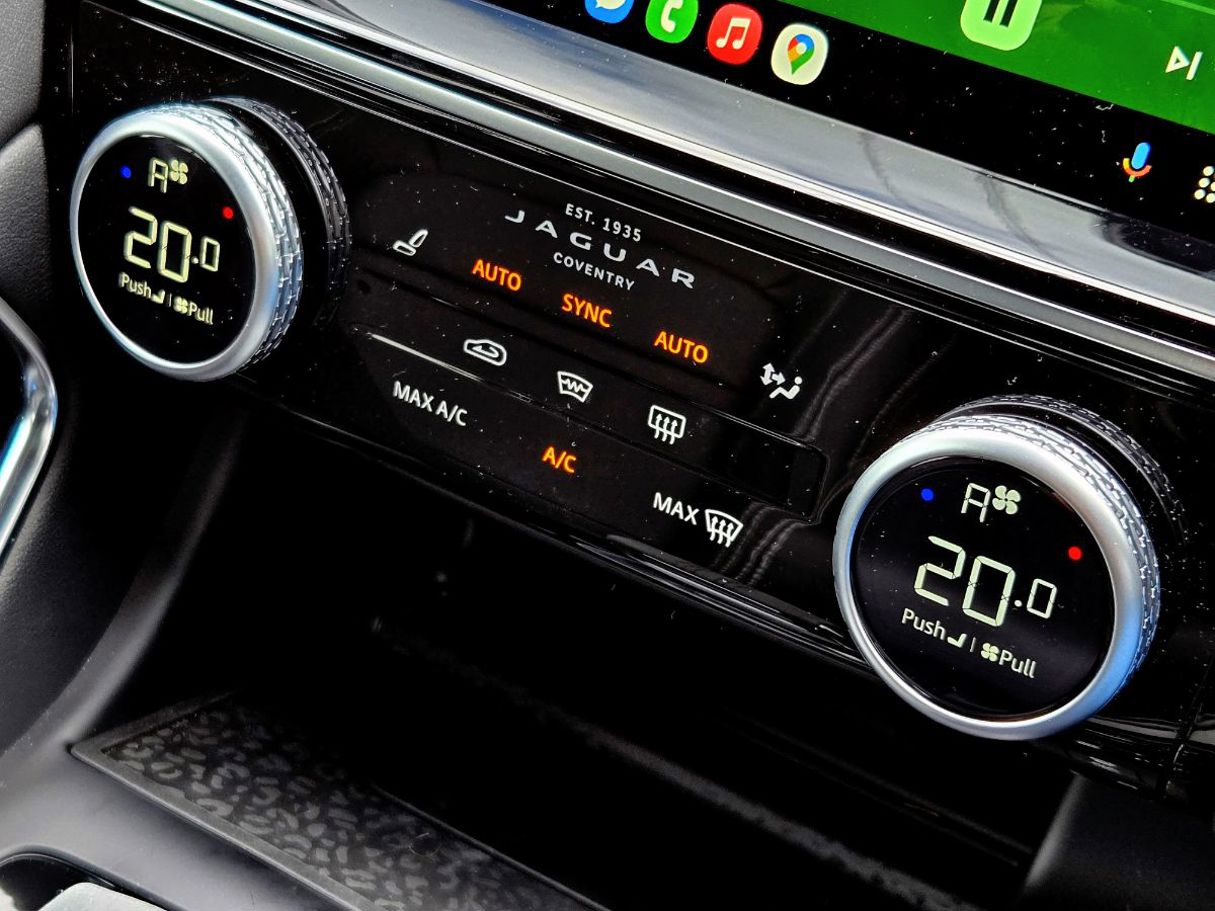
The most recent upgrades have brought the E-Pace up-to-date with the latest driver-assists, and even a nice shortcut to ease the pain of those incessant warnings.
Like other modern JLR models, the E-Pace has a shortcut on the steering wheel that cycles through three levels of driver assistance, from high (the default, as stipulated by European legislation) to low. So with two quick presses you can silence the speed-limit warning, for example.
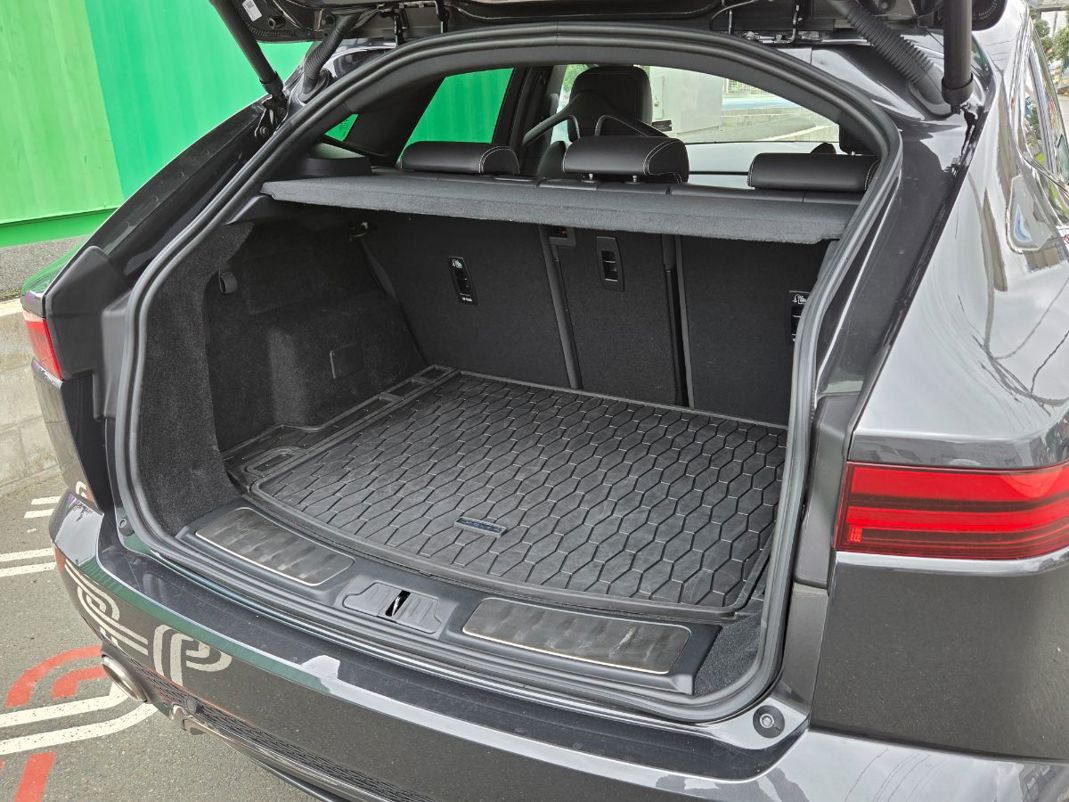
This cub is not without its charms, but there’s also an elephant in the room. Jaguar has already announced that it will be axing all of its petrol-powered models in fairly short order as it prepares to transition to pure-electric power, with the exception of the highly profitable and still-popular F-Pace.
So unless there’s a drastic about-face, production of the E-Pace will cease in December this year; not necessarily a reason not to buy one, but a necessary thing to know.
What are the key statistics for the Jaguar E-Pace?
The single powertrain choice for NZ is a mild hybrid 2.0-litre making a healthy 184kW/365Nm, matched to a 9-speed automatic and AWD.
Is the Jaguar E-Pace efficient?
Not as thrifty as it should be in this eco-friendly age. Despite the mild-hybrid technology, this small SUV still gulps 8.6l/100km in NZ's 3P-WLTP test cycle; blame the engine's high power and the car's 1.9-tonne weight.
Is the Jaguar E-Pace good to drive?
Definitely sportier than your average urban SUV, with nice steering and accomplished roadholding. Not agile, but grippy and assured. The opportunity cost for that is a pretty firm ride, though.
Is the Jaguar E-Pace practical?
Despite the (deliberately) stubby looks, the E-Pace is quite spacious for rear-seat passengers and a practical load-carrier: the rear seats are split 40/20/40 and the boot is a generous 494 litres.
What do we like about the Jaguar E-Pace?
It might look like a baby, but the E-Pace feels very grown-up on the open road. The mild hybrid engine is strong and quite powerful, and the cabin feels sporty, with quality touchpoints.
What don’t we like about the Jaguar E-Pace?
It's far from the latest thing in what's become a highly competitive segment, there are no electric options (there are in overseas markets, though) and the ride's a bit firm for a car that will likely be urban transport.
What kind of person would the Jaguar E-Pace suit?
A devout Jaguar fan who is either downsizing or wants a second car to go alongside the F-Pace in the garage.















